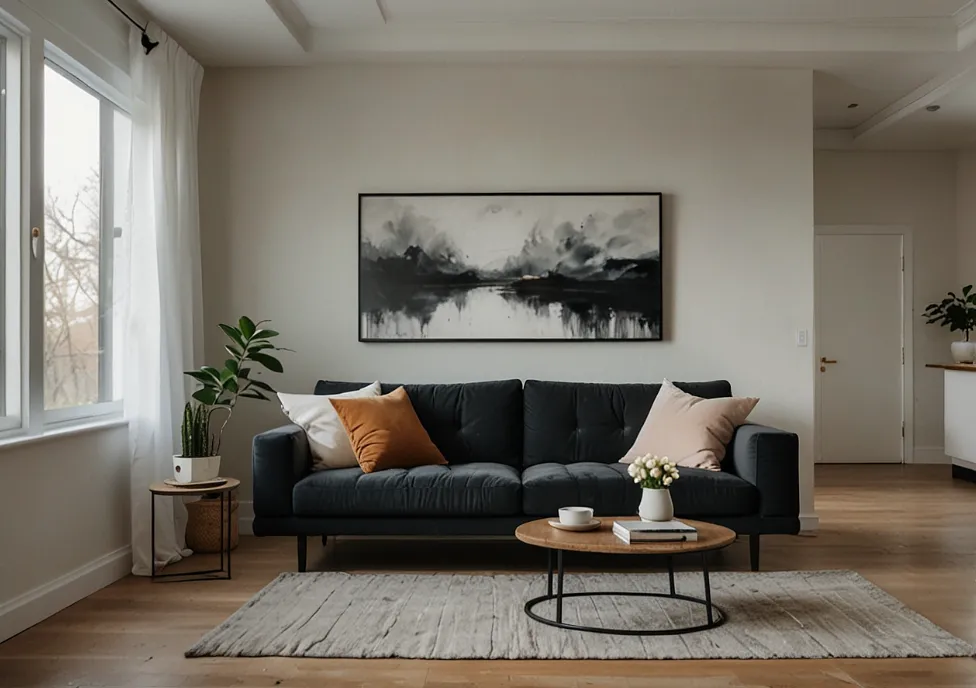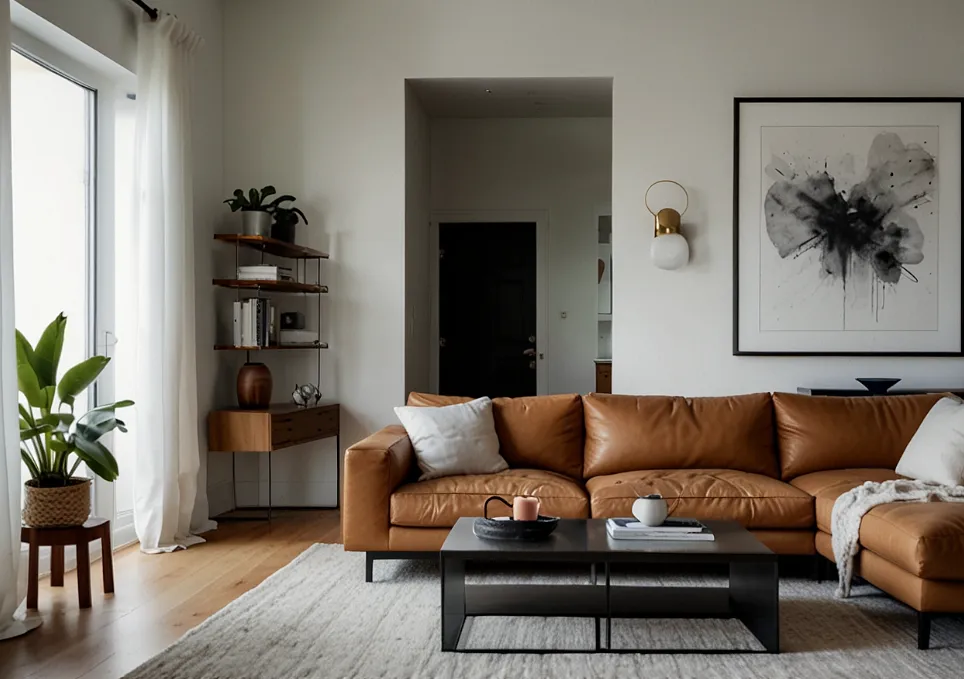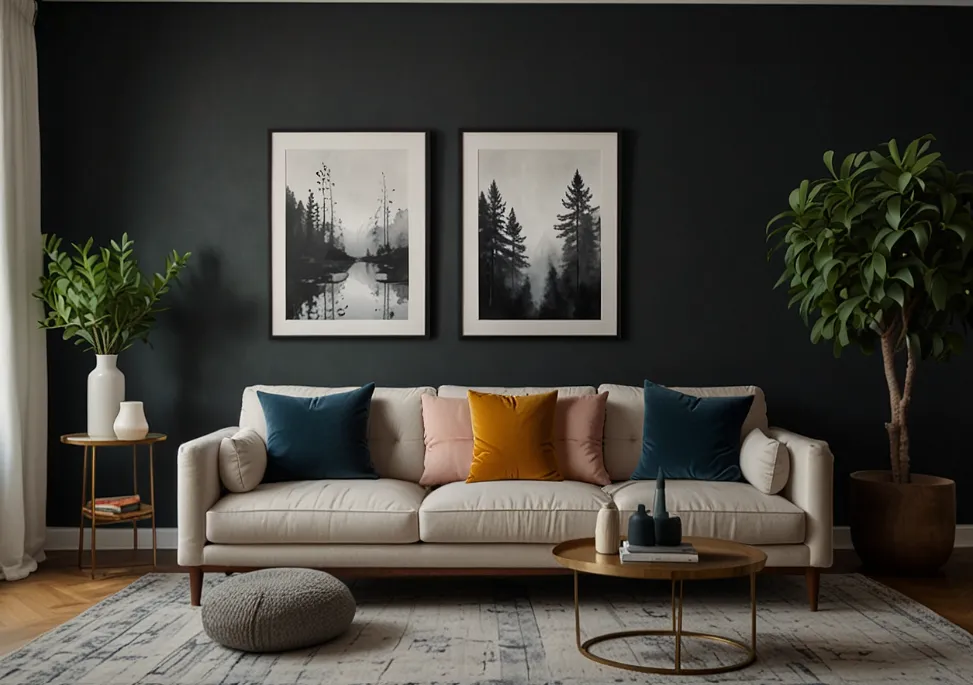Minimalism has become the go-to design style for anyone craving clean lines, uncluttered spaces, and that dreamy sense of peace. But here’s the thing — while minimalism looks simple, actually pulling it off is a bit of an art form. And there’s one huge mistake people keep making that’s silently ruining the vibe in so many minimalist homes.
According to interior designers, the biggest minimalist home mistake is this: going too bare — confusing minimalism with emptiness.

The Minimalism Mix-Up: Mistaking Simple for Sterile
Somewhere along the way, a lot of us started thinking minimalism meant stripping everything away until we’re left with cold, empty, lifeless spaces. Blank walls. One sad chair. A color palette drained of any warmth. Instead of creating that calming, modern sanctuary we dream of, we accidentally design something that feels… well… like a hospital waiting room.
Here’s the truth: Minimalism isn’t about removing all traces of life — it’s about intentional living.

Why This Mistake Instantly Destroys Your Space
✔ It Feels Unfinished: Bare walls and empty corners don’t read as chic — they feel incomplete.
✔ Zero Visual Interest: Without layers or focal points, your eye doesn’t know where to land. Everything feels flat, dull, and kinda… boring.
✔ No Personality: Stripping away art, books, and meaningful objects leaves the space soulless instead of serene.
✔ Cold, Not Cozy: Minimalism should feel calming and inviting — not like you’re about to get a root canal.
How to Fix This Minimalist Mistake and Bring Back the Balance
1. Layer in Texture for Depth

Minimalism thrives on subtle details. Bring in natural materials like linen, wool, raw wood, stone, or leather to add dimension without creating clutter. Think chunky knit throws, a textured rug, or a boucle cushion — it softens the space instantly.
2. Curate Meaningful Pieces

Minimalism doesn’t mean no decor — it means thoughtful decor. Choose a few pieces that tell a story or bring you joy. Maybe it’s a ceramic vase, a piece of abstract art, or a sentimental sculpture — something that anchors the space and sparks connection.
3. Embrace Warm, Understated Colors
Forget stark white everything. The most beautiful minimalist homes layer in warm tones — think caramel, taupe, olive, or soft earth tones. These shades make your home feel livable, cozy, and welcoming.
4. Add Life with Plants and Nature
Even a single potted plant or a simple vase of branches can breathe life into a minimalist room. Greenery softens the edges, adds movement, and brings that grounded, organic feel without overpowering the aesthetic.
5. Quality Over Quantity
Minimalism isn’t about owning less just for the sake of it. It’s about owning better. Invest in pieces that mean something — a handmade coffee table, a beautiful light fixture, or a plush area rug. Fewer, better things that elevate the whole room.
Designer Insight: True Minimalism Is About Intentionality, Not Emptiness
Designers will tell you — minimalism works when everything in the room serves a purpose, whether it’s functional, aesthetic, or emotional. It’s not about blank spaces. It’s about breathing room. Negative space is intentional — it gives every carefully chosen piece room to shine.
Signs You’ve Taken Minimalism Too Far
Your rooms echo (and not in a cool way).
Guests keep asking if you just moved in.
There’s nowhere that feels cozy enough to relax.
The vibe is more sterile clinic than peaceful retreat.
If any of that hits a little too close to home, it might be time to rethink your minimalist strategy.
The Takeaway: Balance Is Everything
Minimalism is meant to be simple, not sterile. To get it right, curate items that feel personal and comforting. Layer soft textures. Showcase a few meaningful mementos. Opt for warm, earthy colors instead of clinical whites. And yes — embrace negative space, but fill it with personality where it counts.
Real minimalism isn’t about depriving your space — it’s about creating a home that feels balanced, intentional, and deeply livable.


